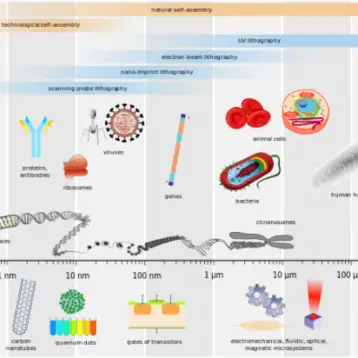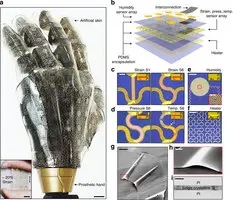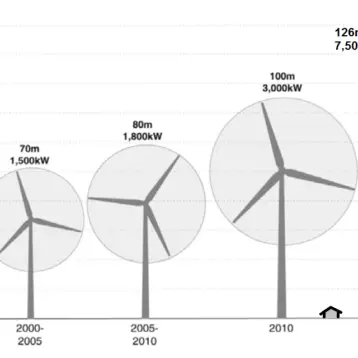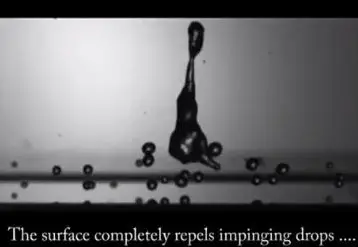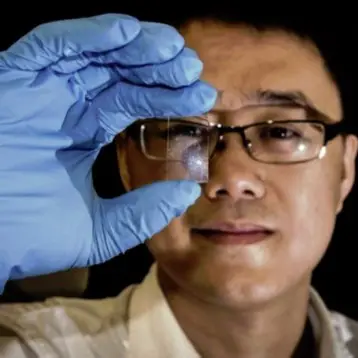|
Magnetic storage devices (such as hard drives, floppy disks, cassette tapes etc.) store data by magnetizing magnetic material. The direction in which the magnetic material points after the writing, represents the data to be stored (as an example, a magnet pointing to12 o’clock could represent “1”, and one pointing to 6 o’clock could represent “0”). Generally, both reading and writing are done with a read-write head. In order to read the data from the magnetic storage device, the head operates close to the magnetic storage surface and reads sector by sector. The reading is done by detecting the direction to which the magnetic material is pointing.
In order to pack magnetic information more densely, engineers have generally two options: either make the magnetic particles smaller, or make each sector smaller. However, the detection process may cause the magnetic orientation of some of the particles to change randomly. Therefore, there must be enough particles per sector to ensure that the sector’s magnetic signal is strong enough and will not get distorted.
The Brown University researchers developed a way to control the shape of iron-platinum and cobalt-platinum nanorods, and found that including more surfactant (oleylamine) in the reaction mixture produced longer wires while more solvent (octadecene) gave shorter rods. A three-to-one ratio of surfactant to solvent yielded 100 nm wires, while a one-to-one ratio produced 20 nm rods (see picture). Long, narrow nanorods could pack densely alongside each other, with their magnetic information oriented in only two stable and opposite directions. Therefore the method developed by the team could be of great promise.
In 2006 TFOT covered a different type of magnetic storage technology called Magnetoresistive Random Access Memory (MRAM) developed by Freescale Semiconductor, which also has a potential to revolutionize the memory market in the future.



